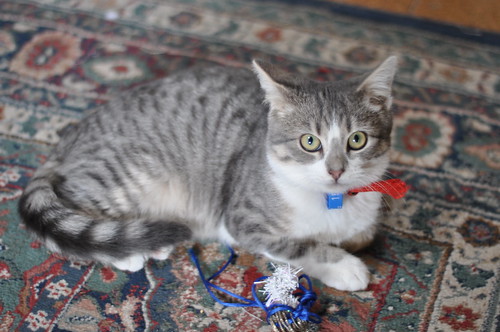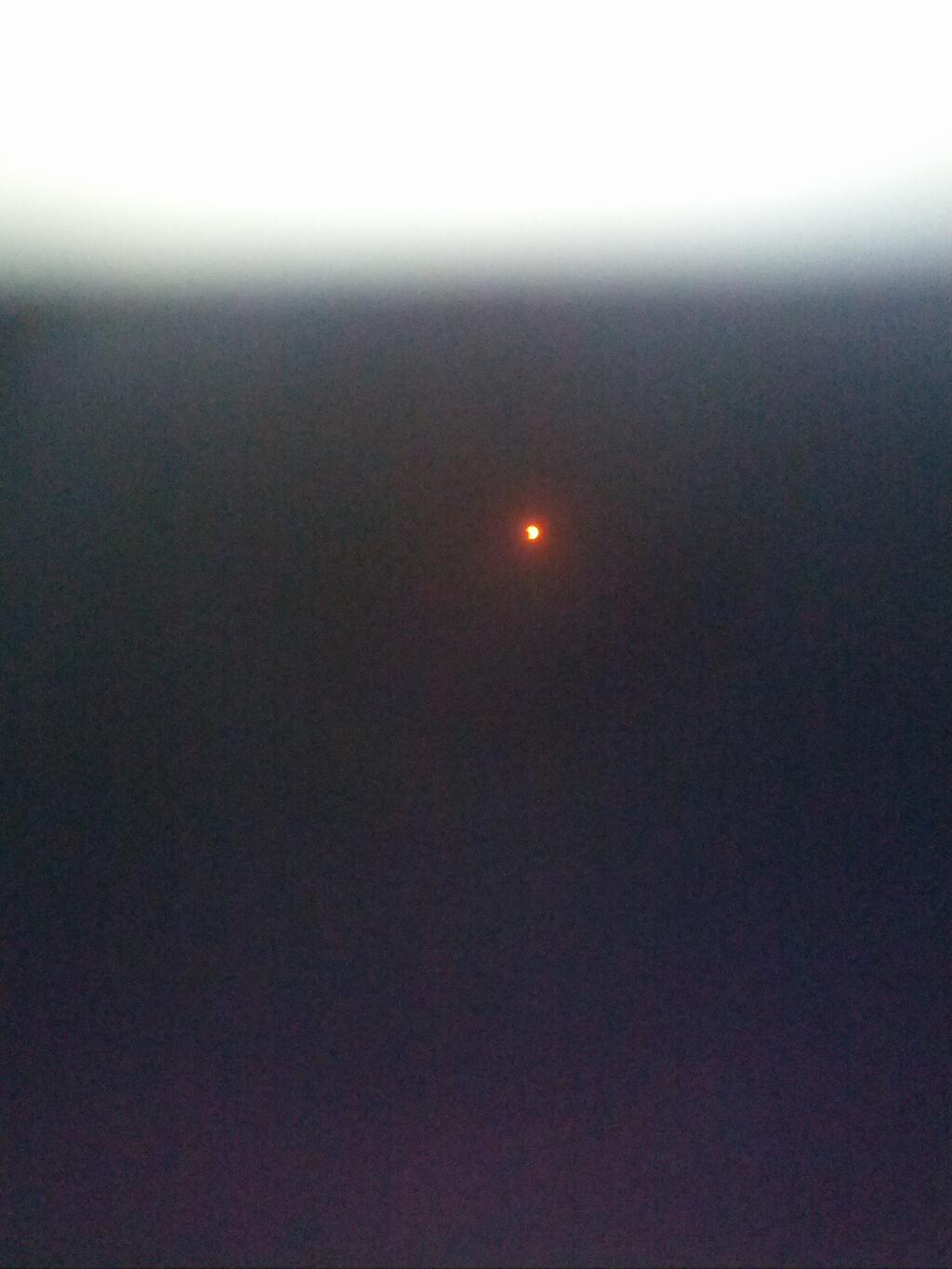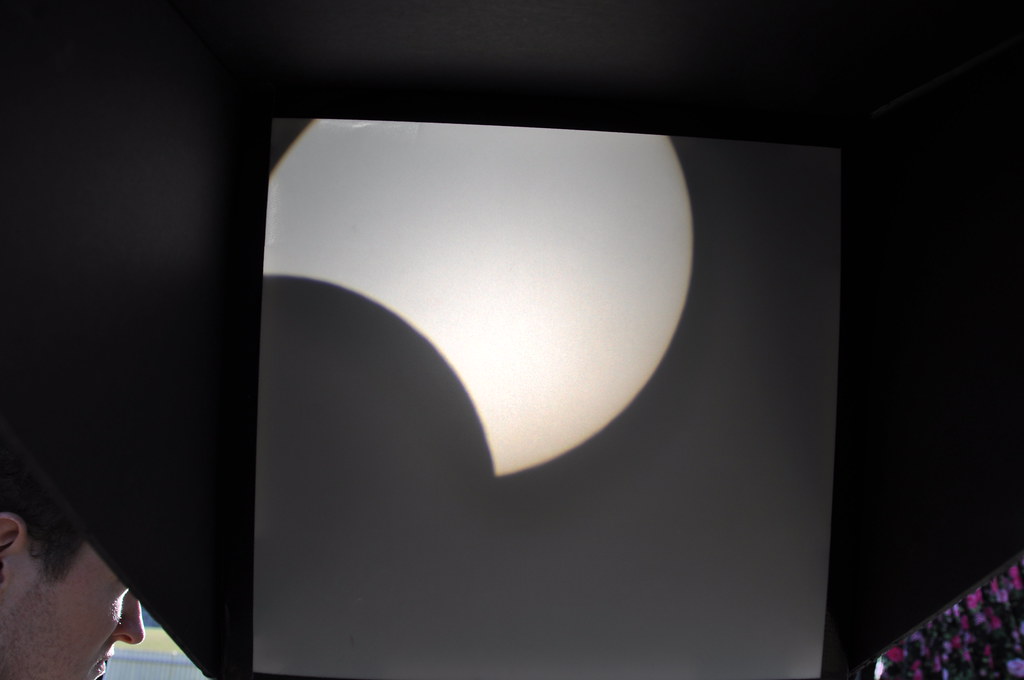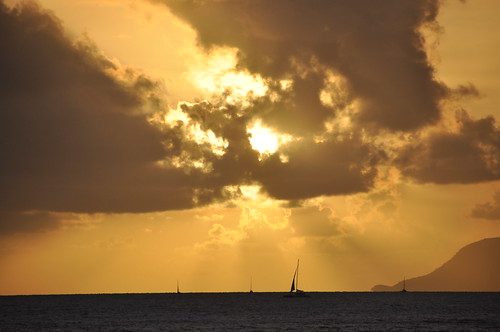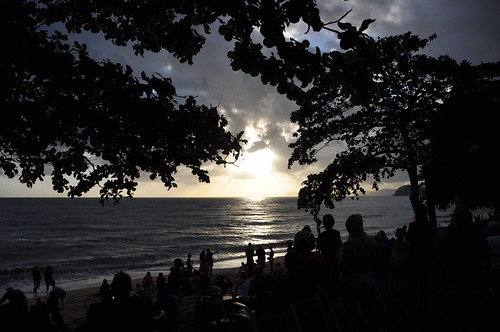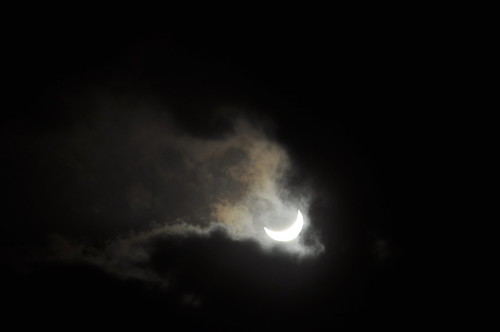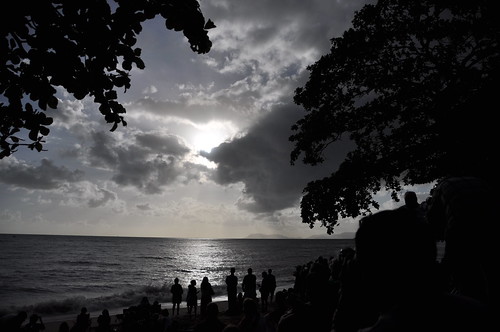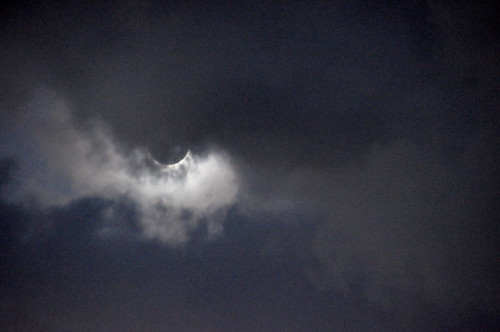As promised to my good friend Lev Lafayette on the tram back from the last Linux Users of Victoria meeting here is my brief rant on terrorism hysteria sparked off on the 26th May by a tweet by Emily Lakdawalla mentioning an article about Kiera Wilmot’s situation written by Kiera herself.
Please read about where this #terrorism hysteria is leading us: RT @elakdawalla: Kiera Wilmot’s own words: http://www.aclu.org/blog/[…]
Fear is one of the most disabling afflictions we can have and it’s almost as if western society is craving it.
We make prisons for ourselves in our minds, voluntarily sacrificing liberties for illusionary security whilst paying for the privilege.
We arrest and almost criminalise a 16 year old girl for a class chemistry project gone wrong then wonder why society stagnates.
We now return you to your regularly scheduled funny cat videos and Farmville. Nothing to see here, be happy in your virtual cocoon
Not that Australia is that much better, we have our own hysteria about asylum seekers to deal with.. 🙁
